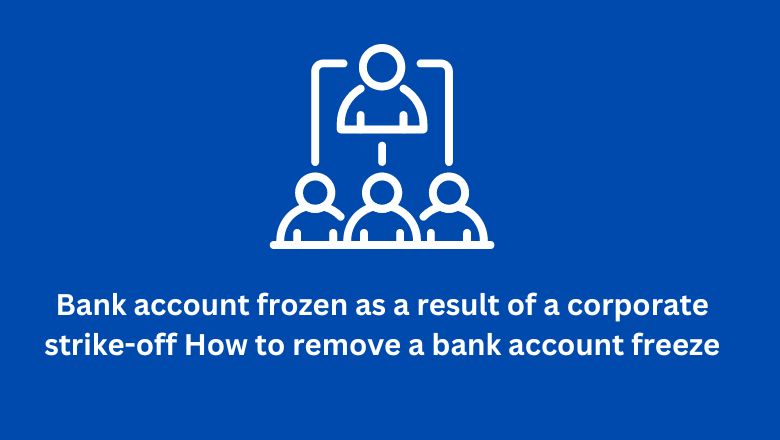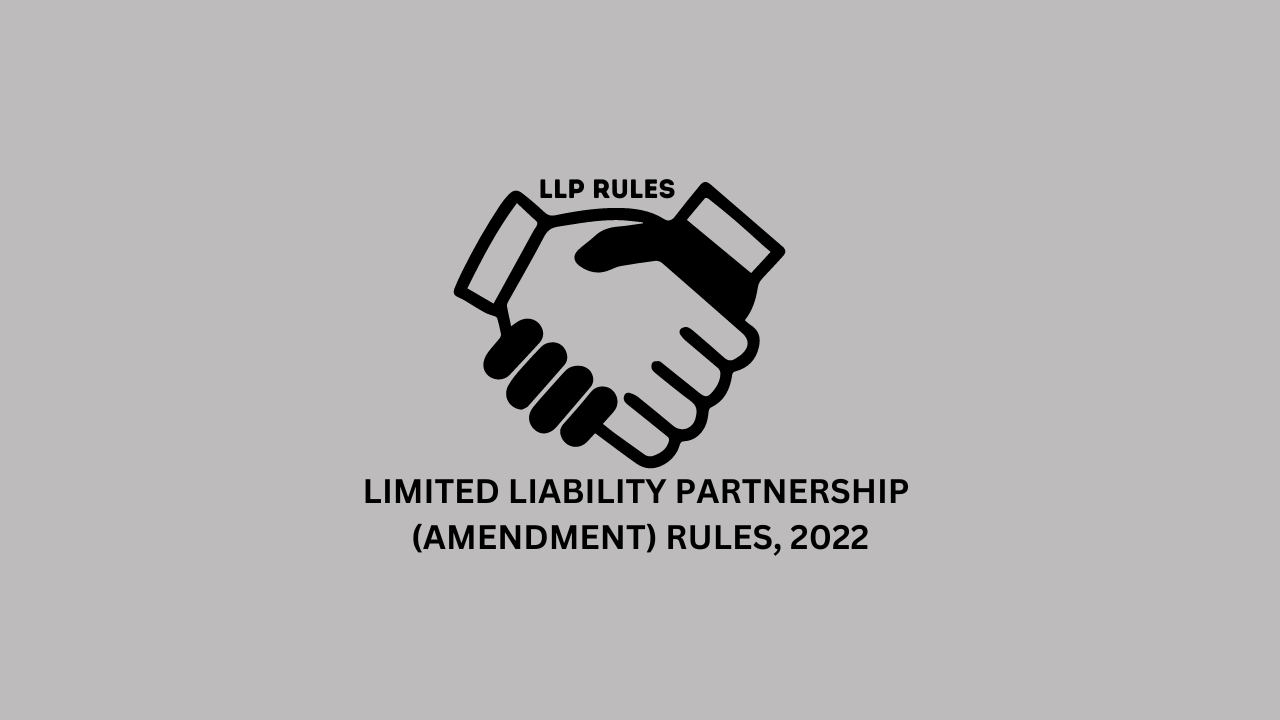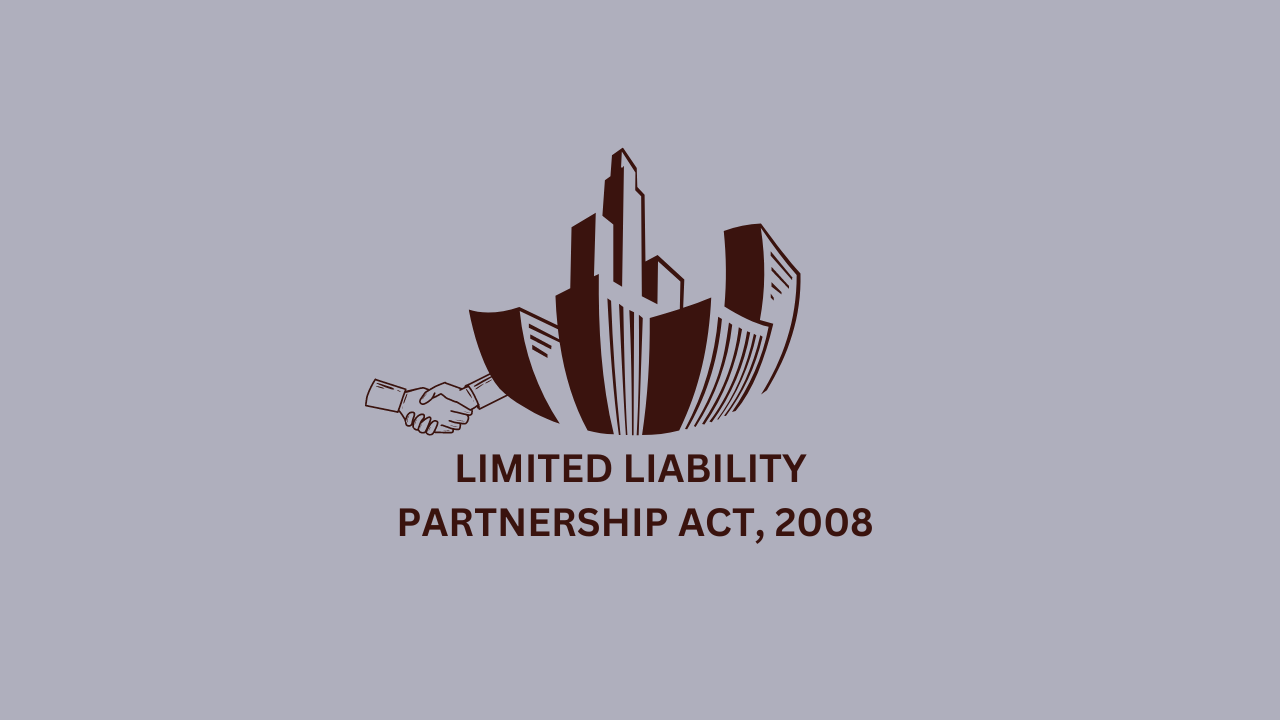
This article describes the corrective actions under the Companies Act, 2013 (Act) and tackles the particular situation of a bank account being frozen as a result of the company being struck off for failing to file financial statements on the Ministry of Corporate Affairs (MCA) website. Bankers periodically check the MCA database to see how their corporate clients are doing.
They will freeze a company’s bank account if they discover that the company’s status is “struck off.” The corporation is unable to conduct business because its bank account is frozen. Regardless of the amount of money in the bank account, there is typically a debit as well as a credit freeze. The inability of the organization to use or open new bank accounts has an impact on how business is conducted.
By going to the ‘Master Data’ part of the official MCA website, www.mca.gov.in, you can confirm a company’s strike-off status.
A company’s bank account is frozen when it is struck off by the Registrar of Companies (ROC) for failing to file financial statements. This is done to guard against financial misappropriation and to preserve the interests of creditors and other stakeholders. This action is being conducted in accordance with Section 248 of the Companies Act, which gives the ROC the authority to remove a company’s name from the register if it does not begin operations within a year of incorporation or ceases operations for two consecutive fiscal years.
It is deemed that a company is not operating if its financial statements are not filed as required by law with the Registrar of Companies or the Ministry of Corporate Affairs.
Since these hit-off organizations are frequently accused of being in violation of their legal requirements, blocking bank accounts is also a preventive measure against possible financial fraud or black money transactions. The directors must file an application with the National Company Law Tribunal (NCLT) in accordance with Section 252 of the Companies Act in order to revive the business and reclaim control of the bank account.
A company may only file paperwork with the Registrar of Companies (ROC) in relation to orders from the National Company Law Tribunal (NCLT) if its status is listed as “strike off” on the MCA website.
1.The first step is the audit of the accounts. A corporation that has been struck off should first prepare the financial statements and have its accounts audited. The corporation should proceed with the Act’s compounding application if the accounts are currently being audited.
2.Any of the company’s shareholders must submit an application to the NCLT in order to start the restoration process. Together with the required fees, the following supporting documents, and any additional case-specific documentation, the application must be completed:
Certified copy of the Memorandum of Association (MOA) and Articles of Association (AOA), Certificate of incorporation of the company.
Current list of the company’s directors. Certified true copy (CTC) of the Company’s master data Registrar’s order for the company’s strike-off.
Latest Income Tax Return Signed balance sheets of the company for the past 3 years CTC of the bank statement List of Shareholders.
An affidavit that all ROC forms pending to be filed shall be completed within 30 days of NCLT order A memorandum of appearance is to be filed with the petition.
An affidavit that verifies the petition. DD/ e filing receipt for payment of NCLT application fee
The explanation needs to be a part of the NCLT petition in order for a company’s name to be restored. This could include documentation of recent transactions or sales, income tax and GST reports, contracts that are still in effect, checks that are available, and current workers who are paid by the company.
In addition to outlining its future business objectives and any contracts or orders in hand, the company must provide the NCLT with an explanation if there hasn’t been any recent activity. This involves demonstrating how it will take on new tasks, adhere to court orders, and expand in the future.
Depending on the circumstances, there may be a fee associated with restoring a company’s name after the Registrar of Companies (ROC) has struck it off.
The bankers will break the frozen only if the business becomes ACTIVE, which occurs after filing an NCLT order with the MCA/ROC. Therefore, the directors must make arrangements with their personal finances to pay these penalties. Under the Companies Act, late submission of Form AOC 4 and Form MGT 7 / MGT 7 A is subject to an extra fee of ₹100 per day.
It’s critical to move quickly to rebuild the business in order to prevent these fines from piling up. The fees increase with the length of the wait and can soon mount up to a substantial financial burden.
The length of time it takes to clear a company’s name after it has been struck off can vary. In general, it takes six months, taking into account the time required to request a hearing before NCLT. 3–4 NCLT hearings are often required. The NCLT has the authority to order the restoration of the company’s name if it is persuaded of the company’s operating position at the time of strike-off or its future prospects.
Donations to specific funds may occasionally be included in orders issued by the National Corporation Law Tribunal (NCLT) for the restoration of a corporation. Usually, the Prime Minister’s Relief Fund or other such government-established relief funds are the beneficiaries of these contributions. These payments are frequently made to support social welfare programs and to act as a kind of punishment for noncompliance. The order will specify the precise fund or donation amount, which is decided by the NCLT.
After placing the order, the business has thirty days to use Form INC-28 to file a certified copy with the Registrar. After that, the company’s name will be added back to the register by the Registrar. The company’s status will go from “Strike off” to “Active” on the MCA website.
The Company may submit the necessary paperwork in relation to its financial statements and may also be required to pay any additional expenses.
Provide the bank with the NCLT order and the updated Master Data from the MCA website, which shows the company’s status as “Active,” in order to have the bank account unfrozen. Your bank account will no longer be frozen by the Bank.
Companies must submit their financial reports on schedule in order to prevent being shut down and having their bank accounts blocked. Re-registering a company on the Register can be an intricate and expensive procedure if it gets struck off.
This procedure can go more smoothly with expert assistance. Fulfilling these obligations will save you from having to pay statutory authorities significant fines and costs.
When two businesses merge, their boards of directors authorise the union and ask the shareholders for their consent. For instance, in 1998, the Digital Equipment Corporation and Compaq entered into a merger agreement wherein Compaq acquired the Digital Equipment Corporation. Later, in 2002, Compaq and Hewlett-Packard combined. CPQ was Compaq’s pre-merger ticker symbol. The present ticker symbol (HPQ) was created by combining this with the Hewlett-Packard ticker sign (HWP).
In a straightforward acquisition, the acquiring business buys the bulk of the acquired company, which keeps its original name and organisational structure. The 2004 acquisition of John Hancock Financial Services by Manulife Financial Corporation, in which both businesses kept their names and organisational structures, is an illustration of this kind of deal. Six By using a whitewash resolution, the target company may demand that the purchasers guarantee that the target business will continue to operate profitably for a certain amount of time following acquisition.
By merging key operations and doing away with outdated corporate frameworks, consolidation results in the creation of a new corporation. Following their acceptance, shareholders of both firms will get common equity shares in the combined company. The consolidation requires their permission. For instance, the 1998 announcement of a merger between Citicorp and Travellers Insurance Group led to the creation of Citigroup.
In a tender offer, one business proposes to pay a certain amount instead of the going rate for the other business’s outstanding stock. By passing the management and board of directors, the purchasing business makes the offer directly known to the other company’s shareholders. For instance, Johnson & Johnson submitted a $438 million tender offer to purchase Omrix Biopharmaceuticals in 2008. By the end of December 2008, the agreement had been finalised when the company accepted the tender offer.
An asset acquisition occurs when a business directly buys the assets of another business. The shareholders of the company whose assets are being acquired must provide their permission. During bankruptcy procedures, it is common for other companies to bid for different assets of the insolvent company. The bankrupt company is then liquidated upon the ultimate transfer of assets to the purchasing firms.
In a management acquisition, which is often referred to as a management-led buyout (MBO), the executives of one firm acquire a majority stake in another, therefore bringing it private. In an attempt to assist with financing a transaction, these former CEOs frequently collaborate with financiers or former corporate officers. These M&A deals usually require the approval of the majority of shareholders and are financed mostly through debt. For instance, Dell Corporation declared in 2013 that its founder, Michael Dell, had purchased the company.








